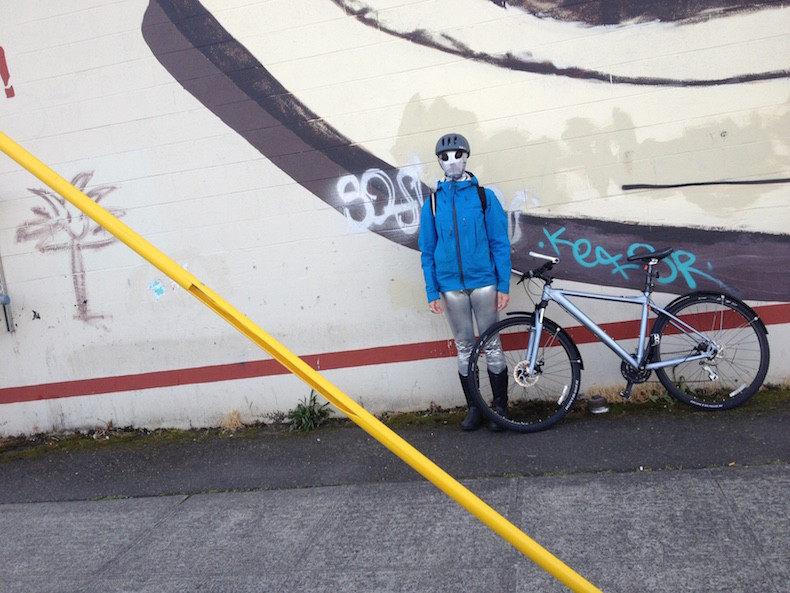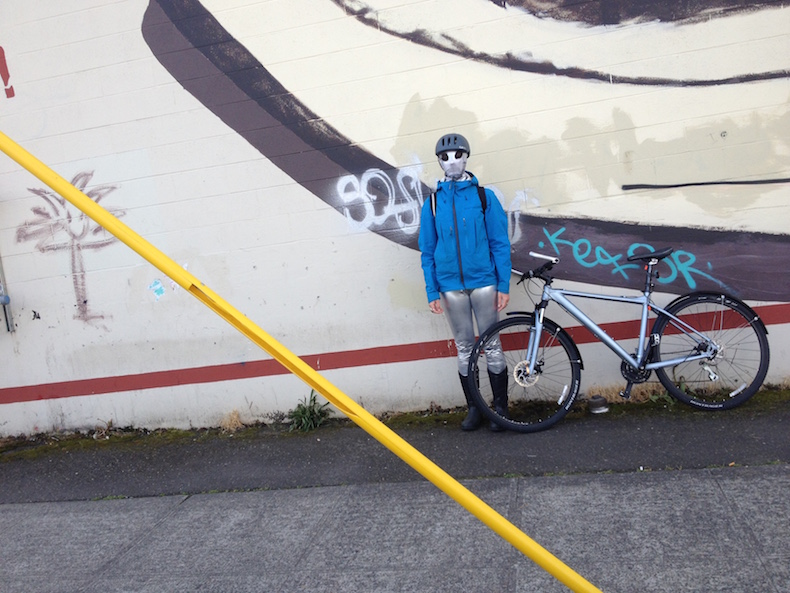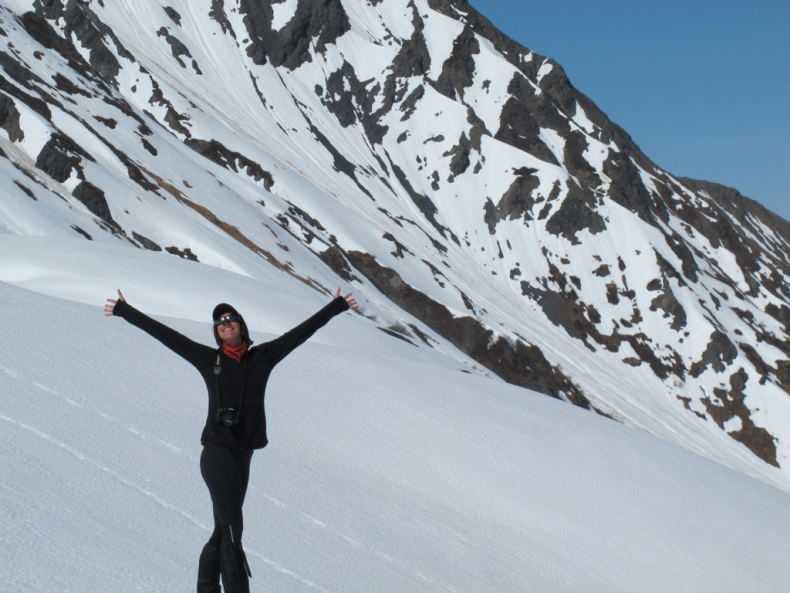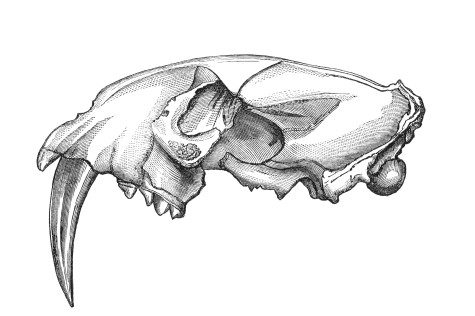 Sally says the big breakthrough in hyper super fast electronics is not silicon, not graphene, but the black gunk that collects in your septic system pipes. At least there’d be plenty of it.
Sally says the big breakthrough in hyper super fast electronics is not silicon, not graphene, but the black gunk that collects in your septic system pipes. At least there’d be plenty of it.
Erik says the hardest of the hardest-core people are not the mountain climbers or the trekkers on the Inca trail, but the bug nerds in the jungle.
Our new Person of LWON, Sarah Gilman (pretty hard-core herself) carries out a noble social experiment wearing an alien costume, which feels pretty weird until she meets the lady in the squirrel suit.
Christie really wishes people would for chrissakes stop thinking a little less reflexively and a little more statistically so she could stop writing about the wisdom of mammograms.
Rose wonders whether Moore’s Law, which says computer speed doubles every two years, might not have been a evil lie and market manipulation by Intel. She investigates.
Happy Halloween (in the U.S.) and set your clocks back tonight (in the U.S.). The rest of the people in the world should carry on as usual.






